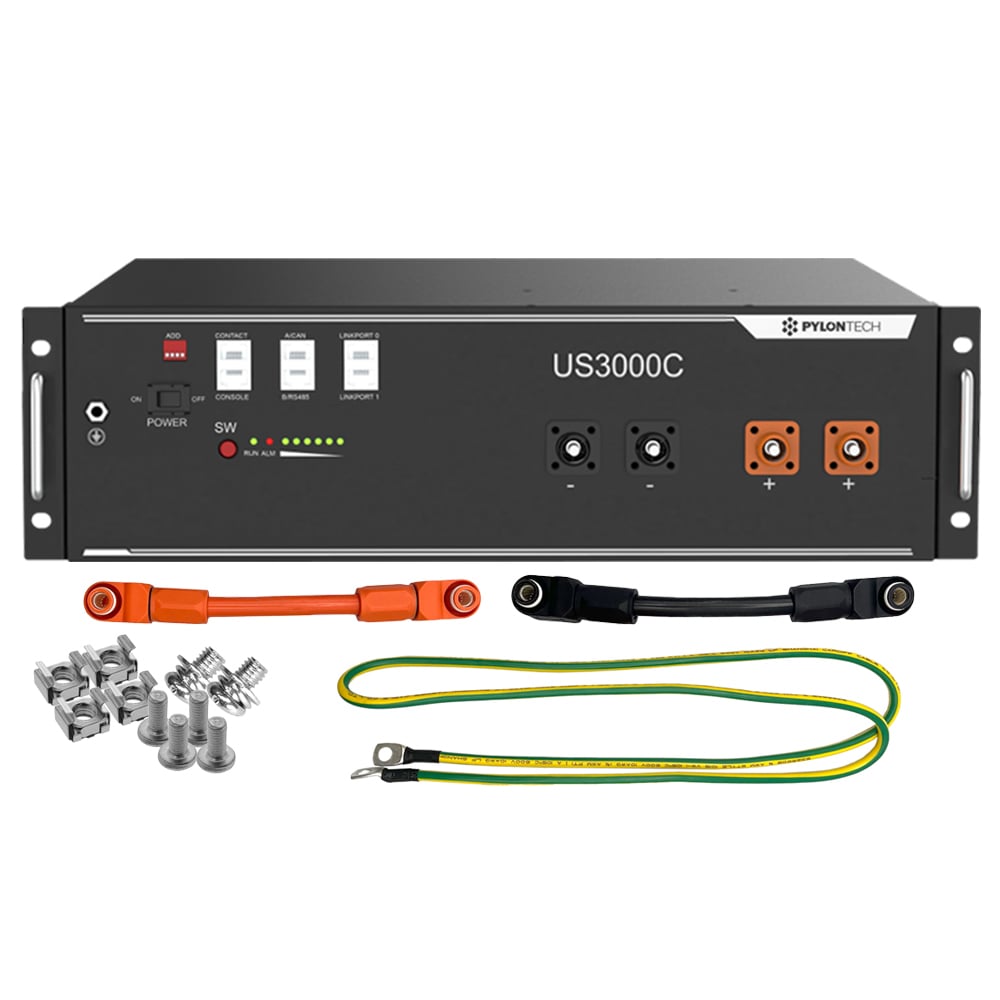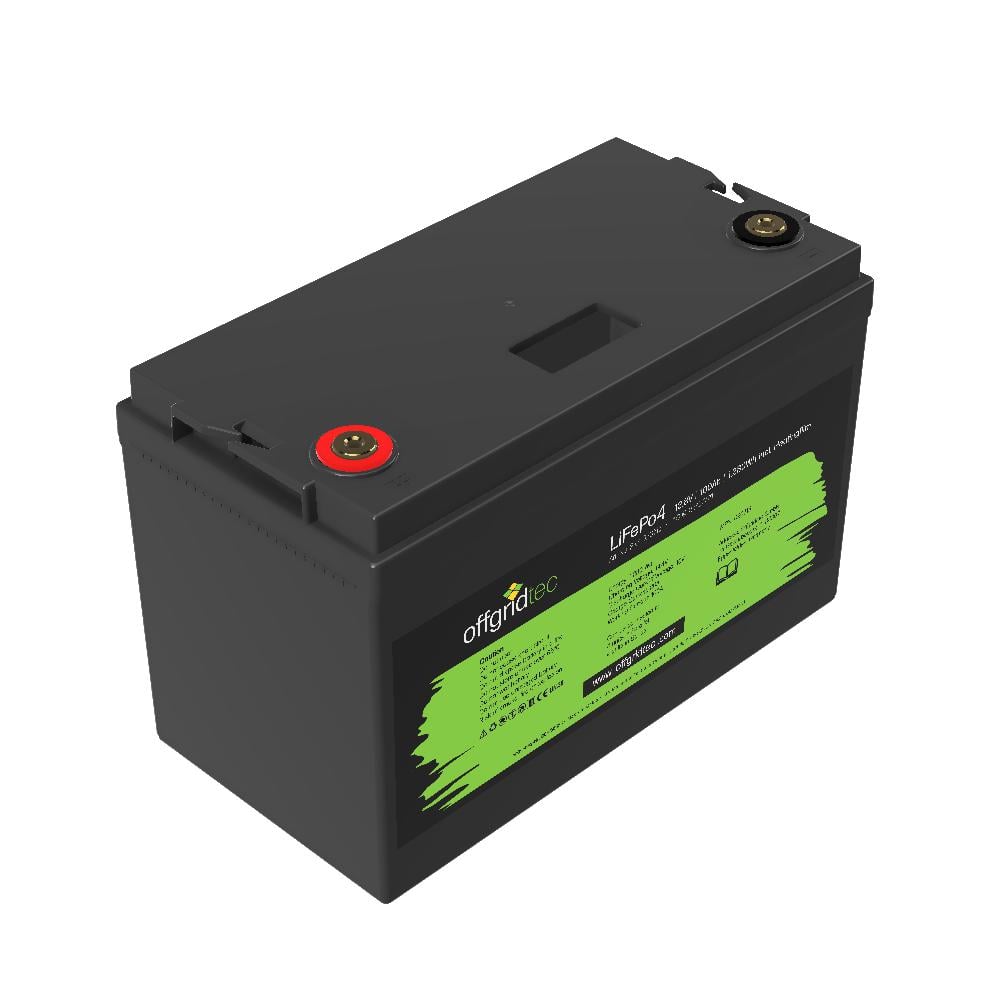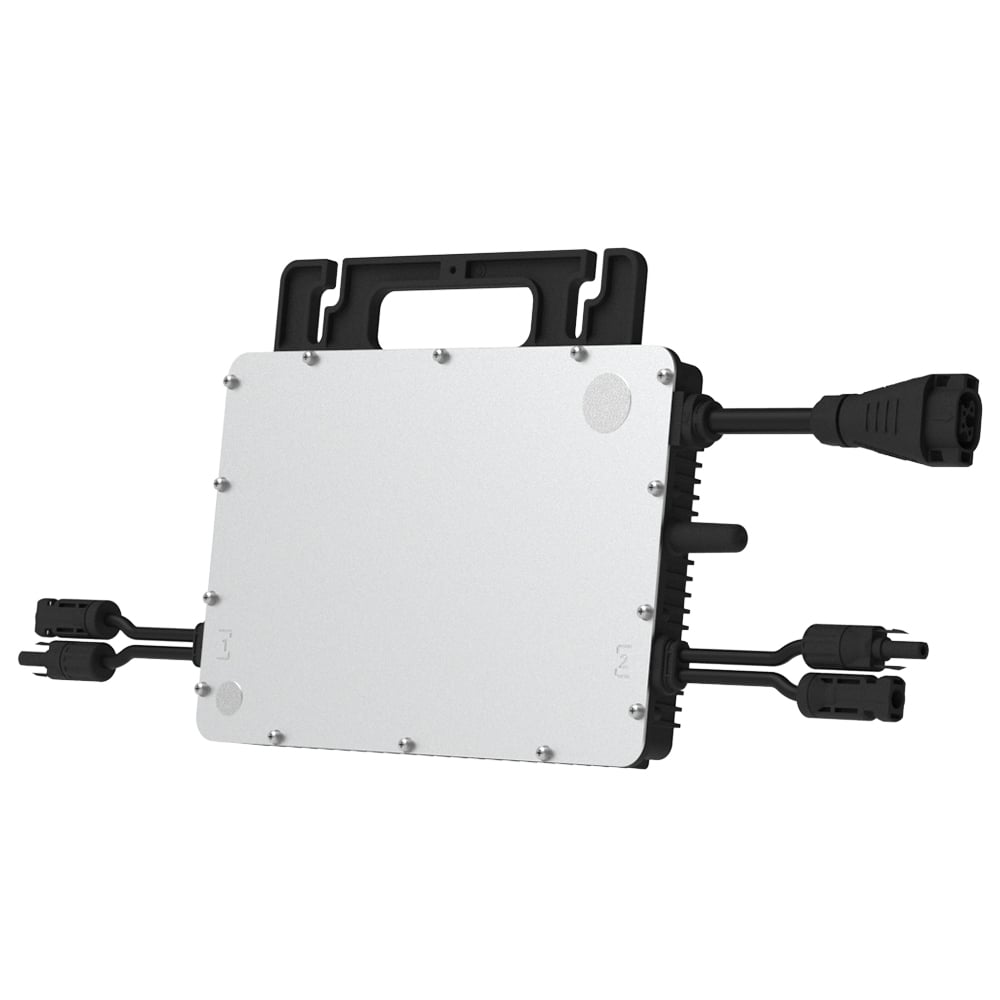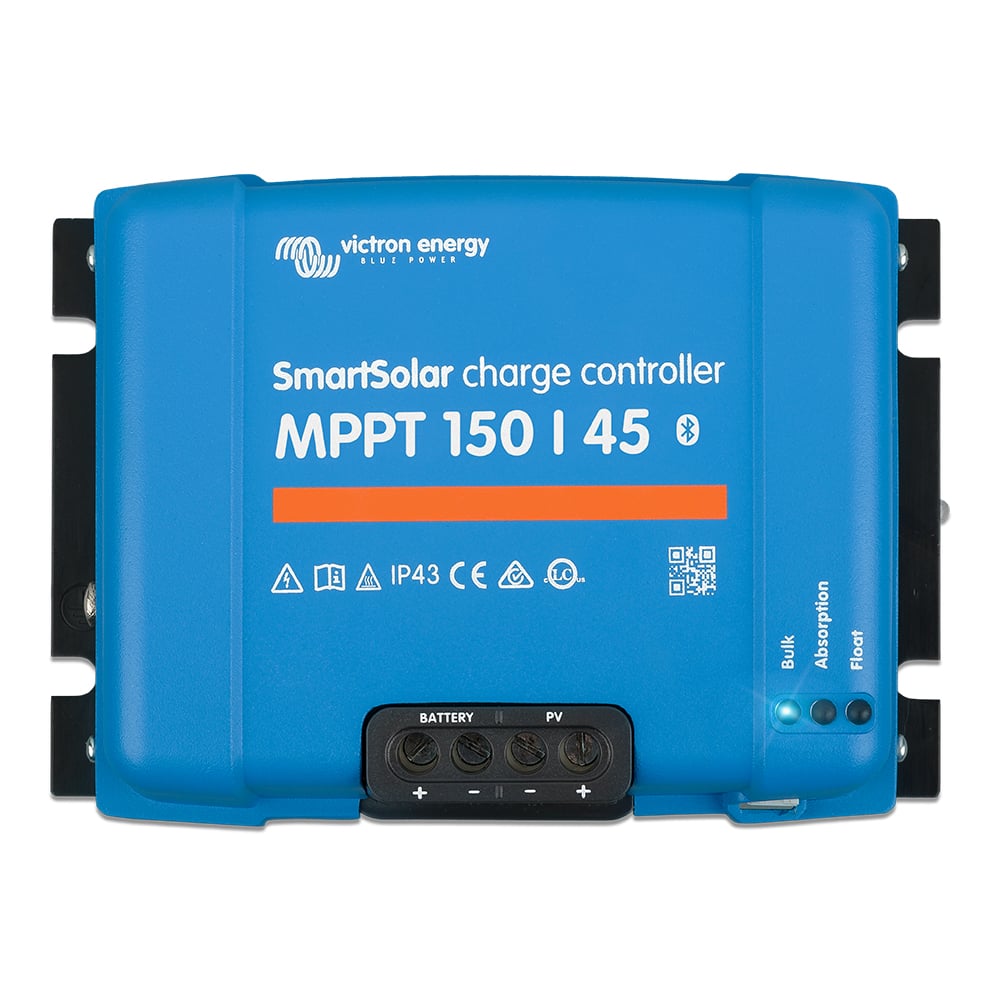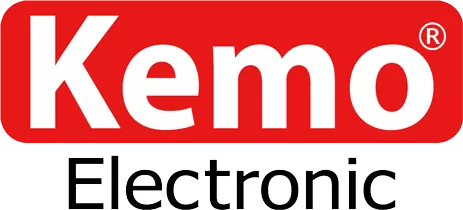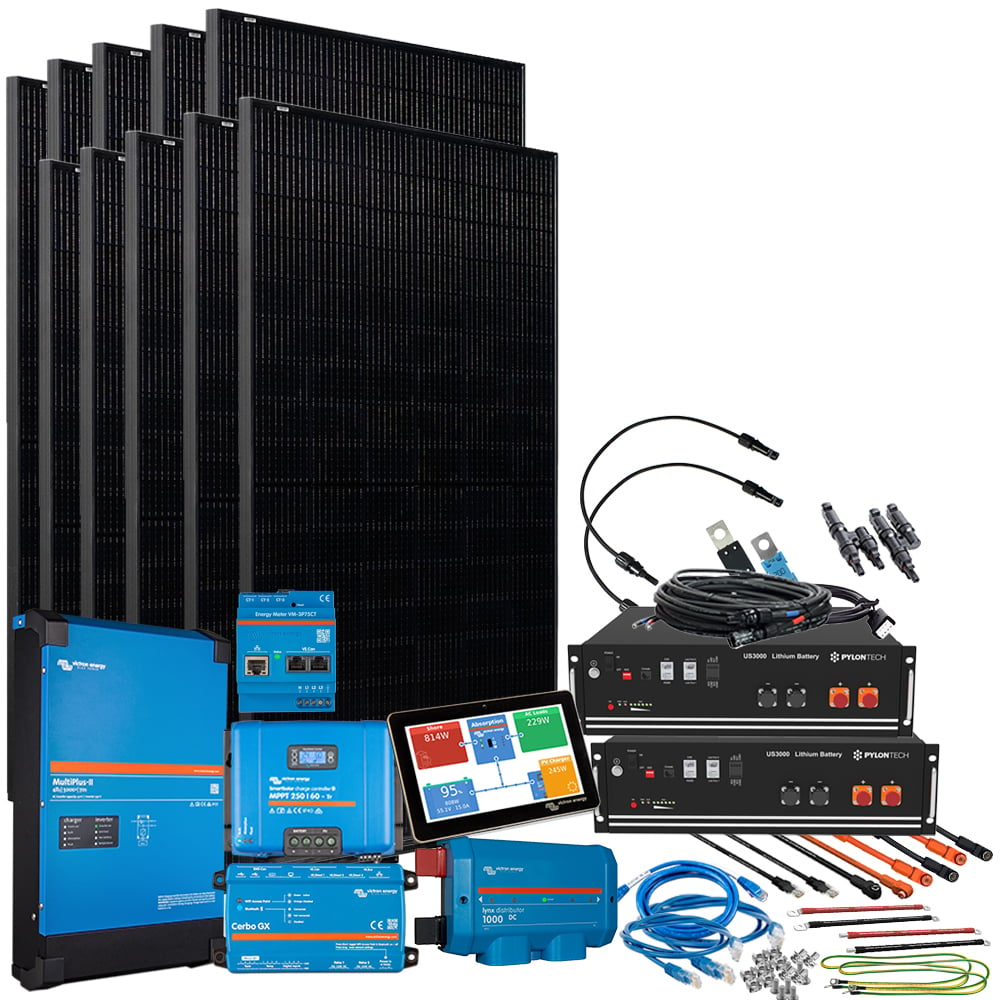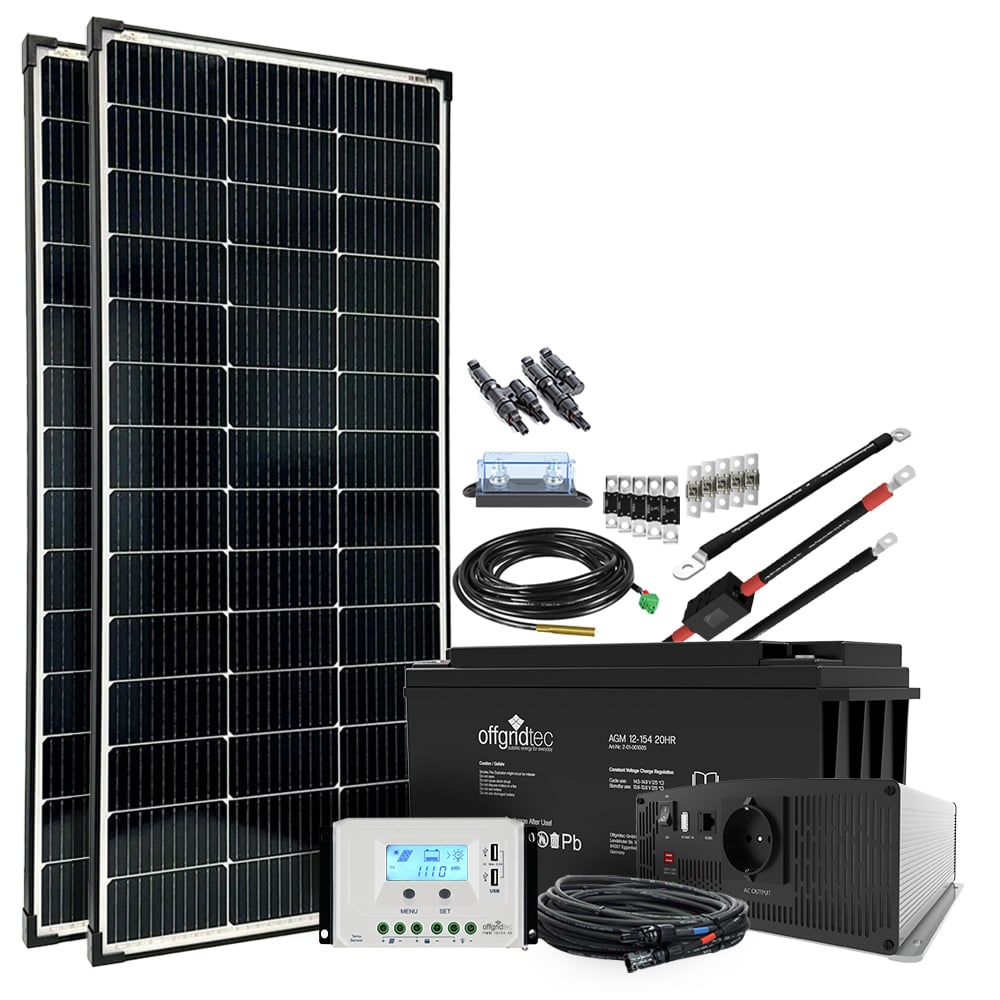EV charger
- Batteries
- BLACKWEEKS
- electronics
- Generators
- Installation
- Complete systems
- Brands
EV charger
Growatt EV-Ladegeräte - Wallbox & Zubehör
Growatt EV chargers offer advanced features such as Wi-Fi connectivity and RFID support to enable convenient and efficient charging of electric vehicles in both private and commercial settings. With high performance and innovative technology, the chargers offer a reliable solution for electric mobility and guarantee a seamless charging experience. You can also take advantage of the opportunity to dynamically supply your electric vehicle with surplus solar power by combining PV and EV chargers to maximize your own consumption of solar energy and reduce your energy costs.
The THOR Smart EV Charger
- Compatible with brands of electric cars
- Integration into existing and newly installed PV systems
- Charging with 100% renewable energy from surplus solar power
- Intelligent load balancing
- App smart control
- Smart planning & flexible communication
- Multiple operating modes
- Plug & Play
- RFID depending on model
- For indoor and outdoor use
- Floor and wall mounting
Compatible with many brands of electric cars
The charger can charge a wide range of electric cars, as long as they are equipped with a Type 2 charging port. The Type 2 charging port is the standard in Europe.
Examples of models with this connector:
- Tesla Model S, Model 3, Model X
- BMW i series, 225xe, e series
- Audi e-tron, A6-A7-A8 TFSI e
- Volkswagen ID.3, ID.4, e-Golf
- and many more.
GroHome system
This is an advanced smart home system that seamlessly connects various components such as solar panels, energy storage systems, smart electric vehicle chargers, heating controls, VPP interfaces, and IoT devices (devices that can be connected to the internet wirelessly or via cable). It was developed to efficiently maximize a household's self-consumption. In addition, GroHome enables accurate prediction of energy generation and consumption through the use of big data and AI technologies. This allows users to enjoy a new lifestyle full of green, comfortable, and smart possibilities.
V-coupling charging mode
In V-coupling charging mode, the solar system and energy storage system are used to charge electric vehicles. The charger adjusts the charging power of the electric vehicle according to the available solar power generation and the charging status of the energy storage system. When the sun is shining and the solar system is generating sufficient power, most of the vehicle's charge is drawn from solar energy. If the solar power is insufficient or the energy storage device is discharged, the system automatically switches to mains power to ensure uninterrupted charging. This provides vehicles with clean and cost-effective energy from the solar system while reducing dependence on the power grid.
Working modes of the EV charger
Fast charging mode: Press "Charge" and the electric vehicle will be charged at maximum power, either from a renewable energy source or simply from the grid. It supports various control strategies such as timer, charging capacity, and charging budget.
PV Link Mode: Powered by solar energy, the vehicle is charged with renewable energy. The car is dynamically charged with excess solar energy by combining the photovoltaic system and the charger. PV connection mode is automatically activated when there is sufficient solar energy.
Off-peak mode: Once this mode is activated, the charger automatically charges the electric vehicle during off-peak hours to reduce the electricity bill.
Load balancing function: The charger can read the incoming power to the house with an additional CT/meter. The charger then dynamically adjusts its charging power according to the house power to avoid exceeding the limited point. This charges the car at maximum charging power without triggering the power limit.
RFID (model dependent)
The abbreviation stands for radio frequency identification. This is a technology for automatically identifying and recording objects or persons using radio waves. A system consists of a so-called RFID tag, which is attached to the object, an RFID reader, and a database or information system. The RFID tag contains a unique identifier that can be detected wirelessly by the reader. The reader emits radio waves to activate the tag and then receives the signals it sends. The received data is then transferred to the information system, where it can be evaluated and processed.


